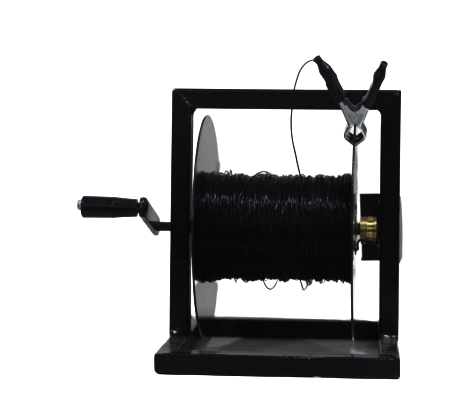W-2 Series Digital D.C Resistivity Meter
W-2 Series Digital DC resistivity meter is a new generation one. It overcomes the limitation of analog electrical equipment and possesses all advancements suitable for resistivity-sounding surveys. It takes the 32-bit microcontroller technology and 24-bit A / D technology development. It is particularly designed for very shallow and medium-deep Geophysical Investigations. It is reputed due to its high resolution, reliability, and measurement accuracy. It is a more robust, easy-to-use, automatic, field-proof, and more compact device for Resistivity Surveys. It records a direct reading of resistivity, Self-potential, and well logging.
Electrode. An instrument used to make resistivity surveys which usually has a current transmitter and voltage-measuring circuitry. A conductor is planted into the ground through which current is passed or used to measure the voltage caused by the wind.The resistivity survey method is a 100 years old technique and is one of the most commonly used geophysical exploration techniques. It is used to image targets from the millimeter scale to structures with dimensions of kilometers. It is widely used in environmental, engineering, and mineral exploration surveys where soil resistivity meter is used. There have been many recent advancements in instrumentation and data interpretation, resulting in more efficient surveys and accurate earth models. In its most simple form, the resistivity meter injects a current into the ground through two metal stakes (electrodes) and measures the resulting voltage difference on the ground surface between two other points.
The application of ERM offers a better way than most conventional methods in groundwater exploration. Well, drilling is one of the traditional methods that is directly applied to explore subsurface groundwater systems. However, the cost is prohibitive. Sufficient numbers of boreholes must be drilled to describe the depth and constituency of various geological formations. The geophysical method was initially developed for oil and mineral exploration; as water becomes more valuable and scarcer, this technique was also applied for groundwater exploration and had improved the understanding of groundwater resources. Resistivity meter for underground water has been proved to be the most effective technique in mapping groundwater resources as groundwater movement and existence are localized mainly and hard to determine.







































.jpeg)
.jpeg)
.jpeg)
.jpeg)
.jpeg)
.jpeg)
.jpeg)